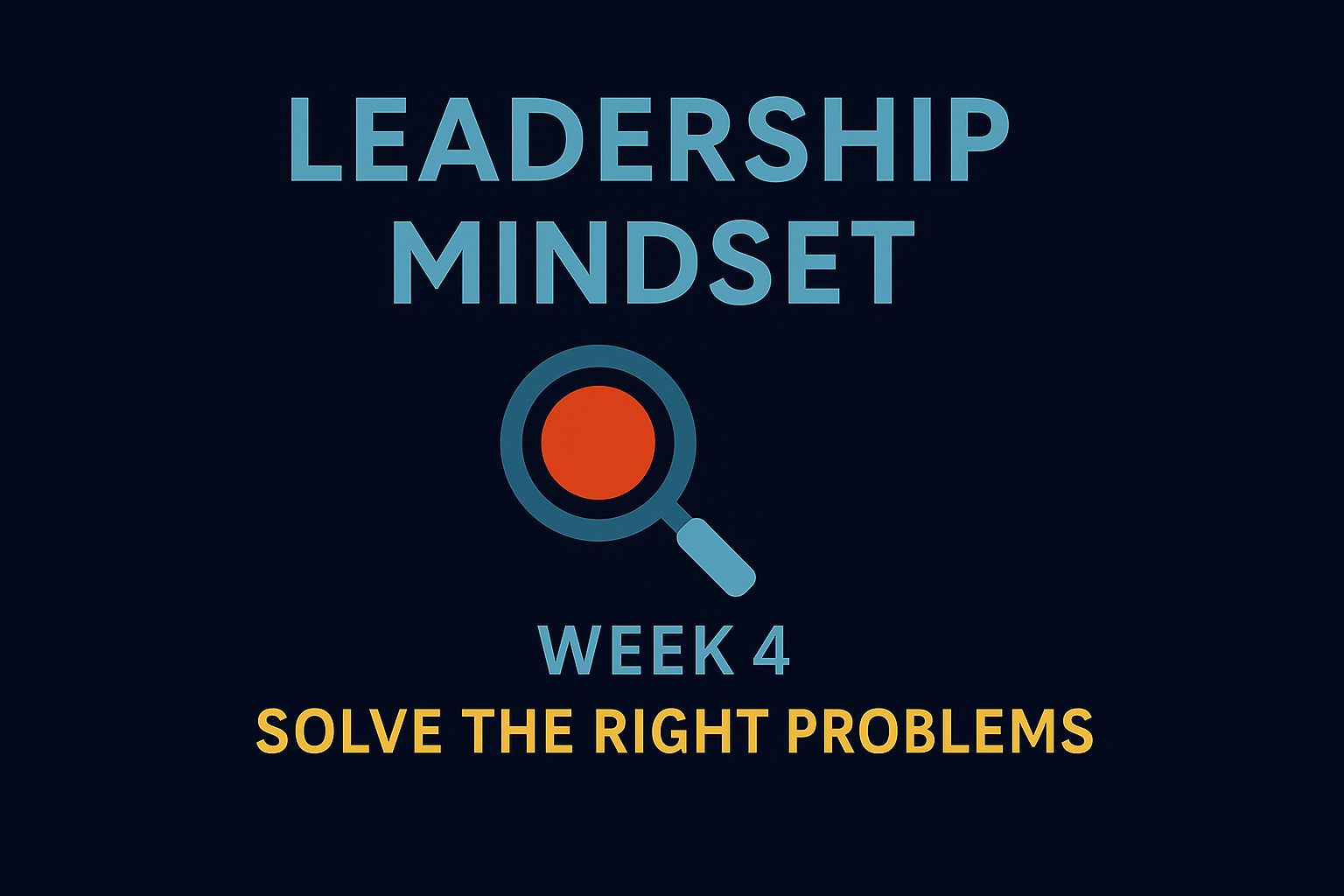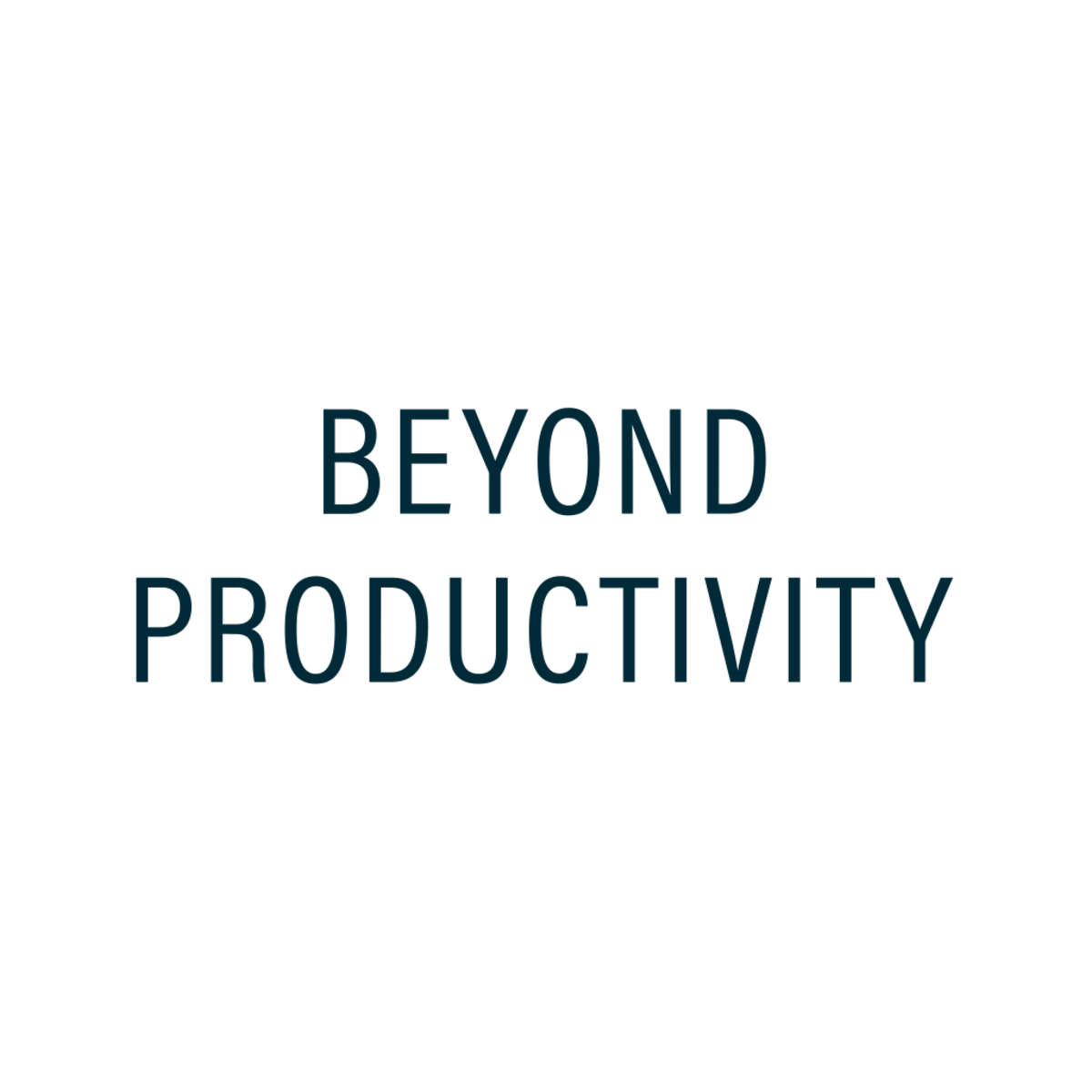What’s your impact?
Leaders are hired to make an impact on their business. Solving problems is one of the main ways leaders make an impact. And smart leaders know it’s not about how many problems you solve, but the impact your solutions have on the business.
Based on your area of focus and skills, do you know what problems you should be solving in your organization?
This week is focused on problem-solving, specifically on how to identify the right problems to solve at your leadership level.
Identify and Solve
You should either solve problems, delegate problems, or escalate problems. Understanding which problems each level focuses on is the first step:
Individual Contributor (IC): Standard Troubleshooting. ICs can solve common problems that occur when following an SOP. Unique problems or overly complex problems should be escalated to front-line leaders. ICs can expand their technical knowledge if they want to solve more complex problems (leaders can also develop them to solve more complex problems)!
Front-line Leader (FLL): People problems and Advanced Technical Solutions. FLLs know when they need to step in to solve technical challenges, but their primary focus should be on solving their people’s challenges, whether it be individual training, interpersonal communication, or growth. FLLs make ICs better, and solving problems is one way to achieve this. Effective productivity will flow when the environment is set correctly.
Leader of Leaders (LOL): Systems. LOLs solve systemic challenges that impact the business’s results or ability to create predictable success. As before, LOLs utilize their critical thinking skills to research, analyze, and determine the best course of action to address the identified problems. LOLs also make trade-offs, knowing that any yes means you must say no to something else. Solving problems that impact future success is the hallmark of LOL problem-solving.
You might find that you need to develop new skills or strengthen your existing ones to solve the problems outlined above. The best leaders focus their efforts on activities that yield the greatest returns!
Reflection Questions
Think about your problem-solving efforts over the past few weeks or months. You should be able to identify the problem, solution, and results. Consider the questions below after taking an inventory of your problem-solving activities.
How much time do you spend on problem-solving?
What about each level of problems?
Are you always solving problems at your level?
Do you need additional skills to solve problems at your level?
Do you delegate problems that your subordinates can handle?
How can you maximize your impact in your organization over the next 6-12 months?
Summary
Next week is the final principle of a leadership mindset: time application. We’ll cover time management through the lens of maximizing our leadership impact!
Let me know if you have any questions about the leadership levels. I’ll be answering a select few in our Q&A issue, coming out in two weeks!
Feel free to share this link or forward this email if you think someone else would enjoy it!
You can also check out one of my favorite newsletters to read:

